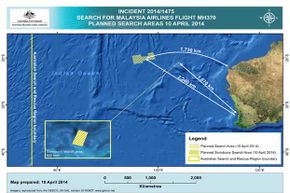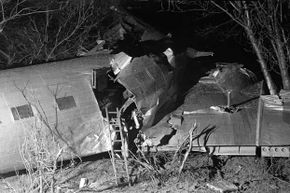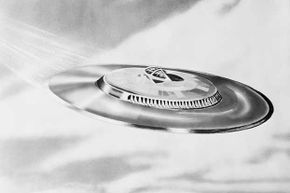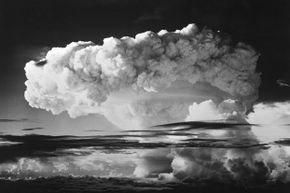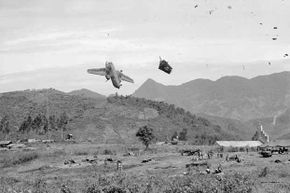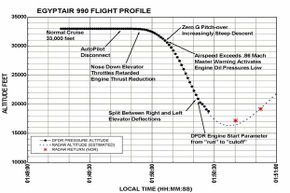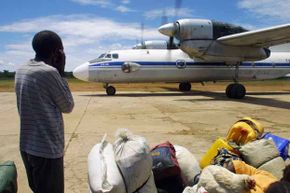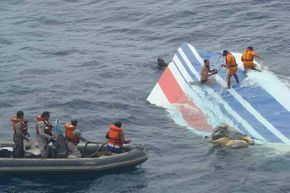The case of Malaysia Airlines Flight 370 fixated people all over the world in early 2014. The plane mysteriously veered off course on a flight between Kuala Lumpur and Beijing and vanished over the Indian Ocean, along with its 239 passengers and crew [source: Associated Press].
As this article was being completed, searchers were faced with scouring an area of more than 22,000 square miles (57,000 square kilometers) in the Indian Ocean. Finding the plane seems like a long shot, let alone solving the mystery of why it disappeared in the first place [source: Associated Press].
Advertisement
It's hard to grasp that a plane could go missing nowadays with all the technology we have at our disposal. Over land, for example, air traffic controllers can use two different types of radar to track planes.
When an aircraft is over the ocean, out of the reach of ground radar, it uses yet another system, Automatic Dependent Surveillance, which transmits a signal to satellites to indicate position. Aircraft are also designed to notify the Aircraft Communications Addressing and Reporting System, if they develop mechanical failures. Investigators believe that in the case of MH 370, those systems were turned off, perhaps deliberately by saboteurs [source: Topham].
But while the Malaysia Airlines case is deeply puzzling, it is far from unprecedented. Since 1948, more than 100 other aircraft have gone missing while aloft and have never been found, according to records compiled by the Aviation Safety Network, an international organization that tracks airliner accidents, hijackings and safety issues [sources: Topham, ASN]. Still other planes have crashed under circumstances that have not been fully explained. Here's a look at 10 of the most puzzling aviation mysteries ever.
